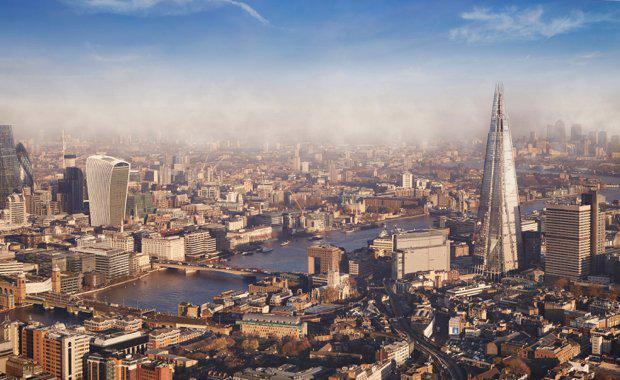Australian Market Leads The Globe In Rental Growth For Skyscraper Offices
Rents for skyscraper offices in Australian cities are rising faster than those in any other global city, according to the latest Skyscraper Index from Knight Frank.
The report examined the rental performance of commercial buildings over 30 storeys across the world.
Melbourne and Sydney grew the fastest among the cities surveyed at 11.0% and 10.1% respectively in the six months to Q4 2016, amid tightening vacancies and limited new supply. In Sydney, stock withdrawals to accommodate the new Metro line and residential conversions reduced the overall supply, while Melbourne had the strongest level of net absorption in 2016.
Sydney
“Sydney’s office vacancy is at 6.2%, and is forecast to go as low as 3.5% in the next two years, with the current low vacancy and prospect of even lower vacancy driving rental increases now," Knight Frank Head of Australian Office Leasing David Howson said.
“The withdrawal of stock for Sydney is a major factor, with 239,057 square metres of stock removed from the market during 2016 for either refurbishment or permanent withdrawals – largely for conversion to residential or hotel use, and recycling of sites to future office developments. An example of this is 301 George Street, in which 11,500 square metres is being demolished to make way for the Wynyard Place development.
“The Metro project will also trigger significant withdrawals of space, mostly in 2017, accounting for some 62,000 square metres along, and this will be a major contributor to the further 102,289 square metres of Sydney CBD office stock to be withdrawn this calendar year," he said.
Mr Howson said the next two years of supply is only modest, and the total stock of the CBD is expected to decline over this period.
"However, there is a very strong supply cycle building for 2020 and beyond. Net absorption of office space in the CBD is also high driven by buoyant financial and construction sectors,” he said.

The Shard, London.
Melbourne
“In Melbourne, the vacancy rate is at 10-year lows at 6.4%," Mr Howson said.
"Unusually for Melbourne in recent years, the level of new stock additions will be lower in the next 24 months at 113,242 square metres or 1.3% stock growth per annum. This is well below the long term average of 3.6% per year.
“The Victorian economy is currently the strongest in Australia, and is supported by high population growth into Melbourne of 2%, which is boosting the underlying demand for office space. With the vacancy rate expected to head towards 4% in the next year, the upwards pressure on rents will remain.
“However it should be remembered that across the market as a whole, there is still a large price gap between the Sydney and Melbourne markets with gross effective prime rents in Sydney currently at a 60% premium to those in Melbourne,” Mr Howson said.
Global
Knight Frank’s latest research showed rents in Hong Kong’s skyscrapers were the highest in the world by some margin, reaching $302.67 per square foot in H2 2016. New York retained its second position, where skyscraper rents were $159.00 per square foot.
In Europe, skyscraper rents in London have remained stable at $104.56 per square foot in the second half of 2016. Of the North American cities, Toronto saw the highest rental growth at 4.7%.
In many Southeast Asian markets such as Shanghai, Singapore and Seoul, rents trended down by 2.0%, 4.2% and 4.8% respectively, highlighting heightened economic uncertainty and a cautious business outlook.
“The strong performance for Melbourne and Sydney reflect local market factors," Knight Frank Chief Economist James Roberts said.
"If we set those cities to one side, the general picture from the latest Skyscraper Index is flat growth, which reflects the nervousness in most office markets in the second half of last year over political risks, like Brexit and the US election.
"However, in 2017 the tone of global economic news is improving, and both Brexit and the Trump government have not had the negative impact on growth that was initially feared," he said.
"When we compile the next skyscraper index in the summer, I expect to see more cities reporting rental growth in tower buildings.”













